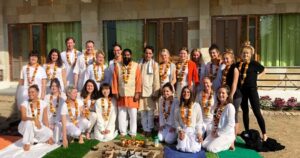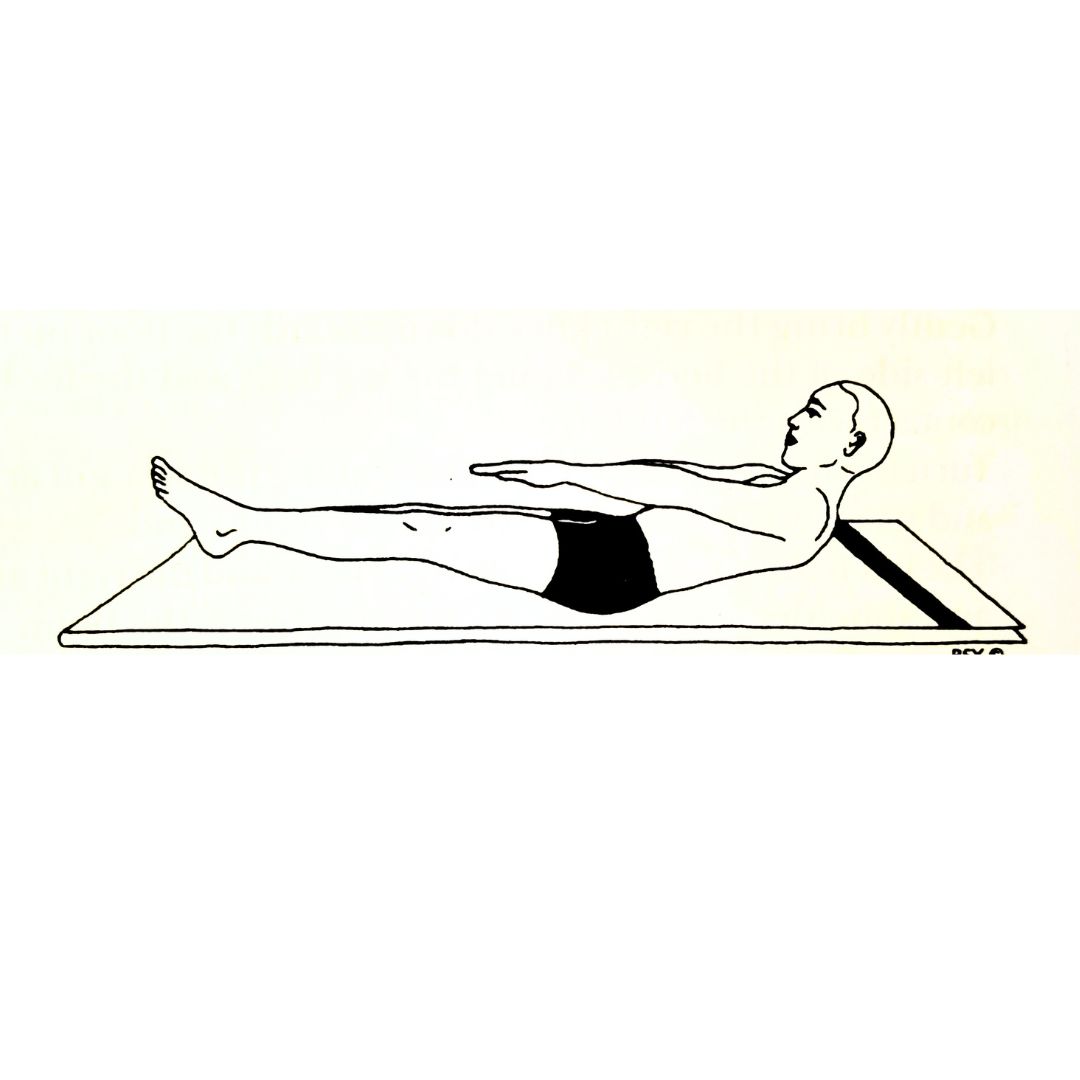
The History and Philosophy of Hatha yoga
Hatha yoga has its origins in prehistoric India, when it was created as a way to get the body ready for meditation. The name “Hatha” is derived from the Sanskrit words “Ha” for the sun and “Tha” for the moon, signifying the harmony of conflicting forces inside us.
Hatha yoga is a form of exercise that strives to harmonize our physical and energetic selves.
Benefits of practicing Hatha yoga teacher training
Hatha yoga postures (asanas) and their benefits
There are many different asanas in traditional style hatha yoga, and each one has distinct advantages. A few of the asanas that are most frequently done include:
- Tadasana (Mountain Pose): This fundamental position strengthens the legs and core, improves posture, and fosters a sense of stability and grounding.
- Surya Namaskar (Sun Salutation): Surya Namaskar, also known as the Sun Salutation, is a series of 12 asanas that energizes the body, increases flexibility, and stimulates the respiratory and digestive systems.
- Sarvangasana (Shoulder Stand): Known as the “queen” of asanas, this posture increases circulation, fortifies the upper body, and soothes the mind.
- Paschimottanasana (Seated Forward Bend): This forward bend stretches the hamstrings and releases spinal tension while also encouraging relaxation.
- Bhujangasana (Cobra Pose): Bhujangasana improves spinal flexibility, opens the chest, and develops the back muscles.
Pranayama and its role in Hatha yoga teacher training
Pranayama, or breath control, is an integral part of Hatha Yoga teacher training. Through various breathing techniques, practitioners learn to regulate and control their breath, which has a profound impact on their physical, mental, and emotional state.
One of the most commonly practiced pranayama techniques is “Anulom Vilom”(Alternate Nostril Breathing). This technique involves inhaling through one nostril while closing the other with the thumb, and then exhaling through the opposite nostril. Anulom Vilom helps to balance the flow of energy in the body, calm the mind, and improve concentration.
Another powerful pranayama technique is “Kapalabhati”(Skull Shining Breath). This rapid, forceful exhalation technique cleanses the respiratory system, energizes the body, and increases mental clarity.
The importance of alignment and proper technique in traditional Hatha yoga
Hatha yoga for stress relief and relaxation
One of the most significant advantages of Hatha Yoga is its ability to alleviate tension and promote relaxation. Stress has become an accepted part of our daily lives in today’s fast-paced world. Hatha Yoga teacher training provides a safe haven for us to release tension, calm the mind, and reconnect with our inner serenity.
Hatha Yoga promotes the body’s relaxation response through the practice of asanas, pranayama, and meditation, lowering stress hormone levels and fostering a sense of serenity and well-being. It also aids in the improvement of sleep quality, allowing for more rest and rejuvenation.
Hatha Yoga is not just a physical exercise, but a holistic practice that encompasses the body, mind, and spirit. Through the combination of asanas, pranayama, and meditation, this timeless practice offers a path towards holistic wellness and self-discovery.
Whether you’re a beginner or an experienced yogi, Hatha Yoga teacher training provides a safe and nurturing environment for you to explore your potential, cultivate mindfulness, and embrace a healthier, more balanced lifestyle. So step onto your mat, take a deep breath, and let the transformative power of Traditional Style Hatha Yoga lead you towards a state of holistic wellness and self-discovery.












